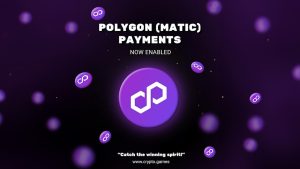Understanding Notarization on Blockchain
Notarization on Blockchain is the process of securely recording unalterable records on a decentralized global database. Unlike traditional databases, blockchain technology operates without a central authority and grows block by block. It employs robust cryptographic mechanisms to ensure the integrity of past blocks, making it practically impossible to modify recorded information. The transparency and immutability of the blockchain make it an ideal solution for verifying the authenticity and integrity of data.
One of the significant advantages of notarization on the blockchain is its ability to provide a timestamped record that proves the time and authorship of a specific dataset. By identifying the block where the data is recorded, anyone can verify when and by whom the data was recorded. This transparency is particularly valuable when using a public blockchain as it eliminates the need for a third party. The blockchain itself acts as the third party, ensuring technological transparency.
There are several use cases where the ability to prove something in time is crucial. For instance, in copyright cases, it is essential to establish the original creator or thinker. Similarly, in supply chain transparency, tracking shipments and creating an electronic bill of lading is vital. Blockchain offers a superior solution in these cases as it enables secure timestamping and authorship verification without compromising sensitive information.
When it comes to verifying the “what,” blockchain does not require storing large amounts of data. Instead, it generates a unique fingerprint for the data using mathematical methods. This fingerprint, which is virtually impossible to counterfeit, can be stored on the blockchain at a reasonable cost. By anchoring the “who,” “what,” and “when” in this fingerprint, the authenticity and integrity of the data can be easily verified.
Notarization on blockchain harnesses the inherent nature and advantages of blockchain technology to allow anyone to create a timestamped artifact. The authorship and identity of this artifact can be securely identified at any point, whether it is performed by a real Notary or the actual beneficiary. Ultimately, notarization on blockchain ensures that data is securely anchored in time and to an author, providing a reliable and transparent solution.
Author:
Johannes Schweifer is the CEO of CoreLedger, a company that enables businesses of all sizes to leverage the benefits of blockchain technology. Schweifer has co-founded multiple blockchain start-ups, including Bitcoin Suisse, and holds a master’s degree in Chemistry and a PhD in distributed computing and quantum chemistry.











